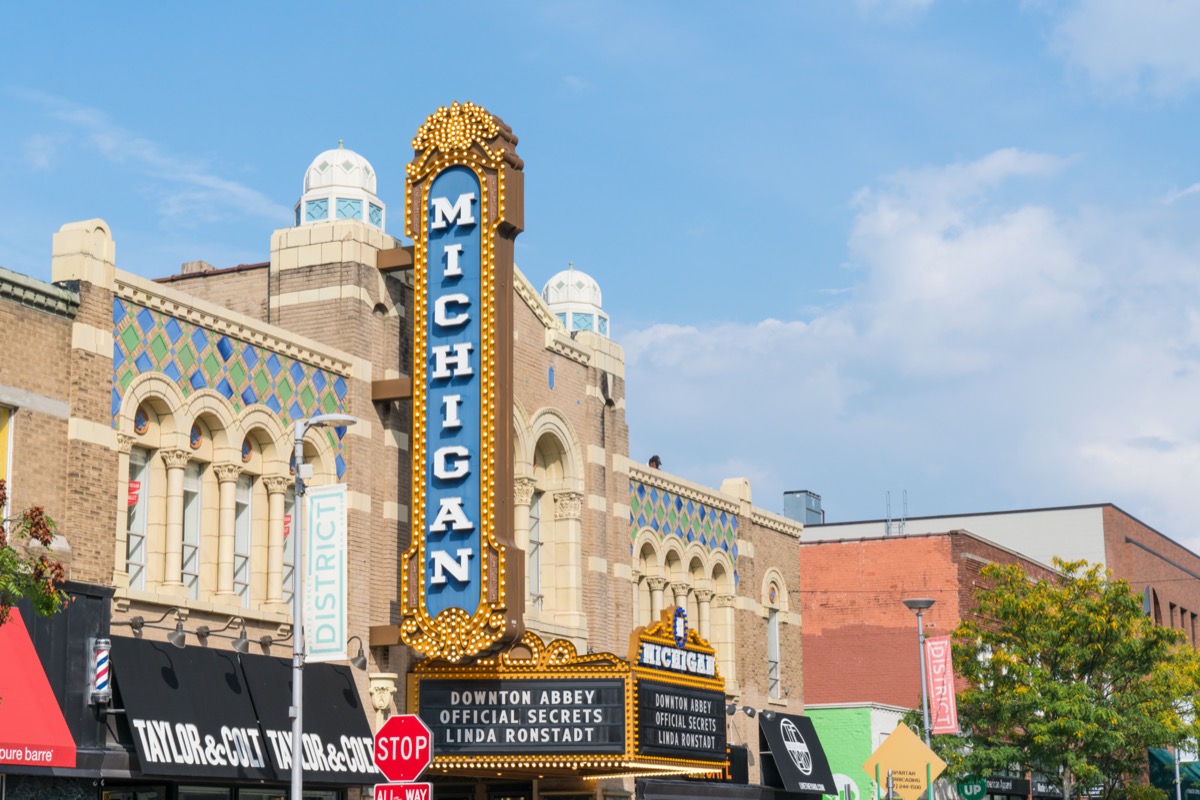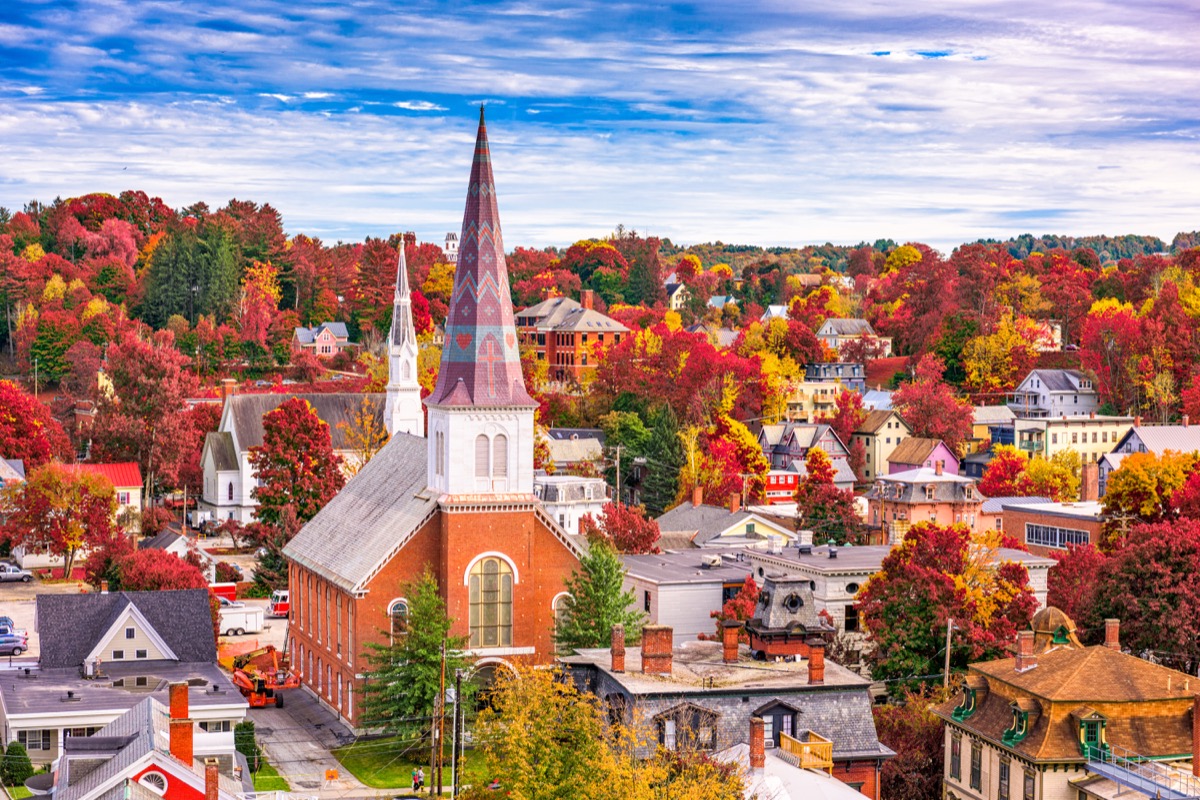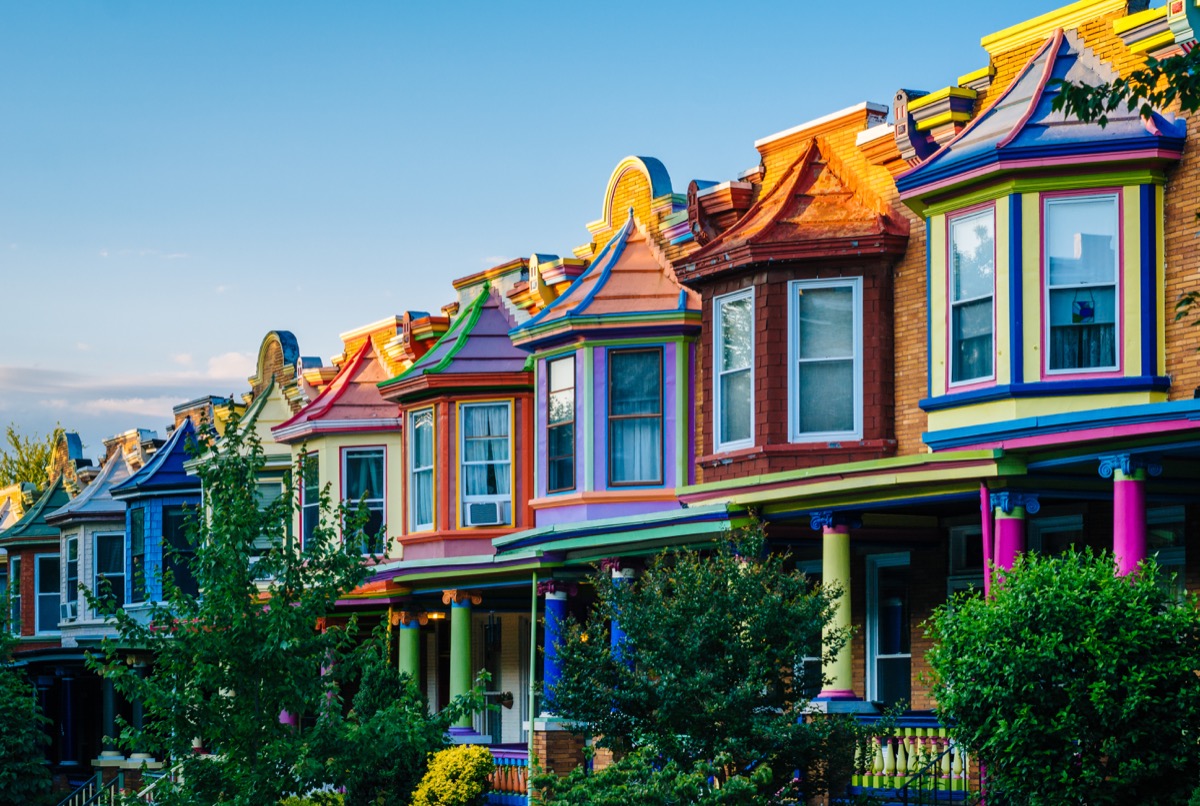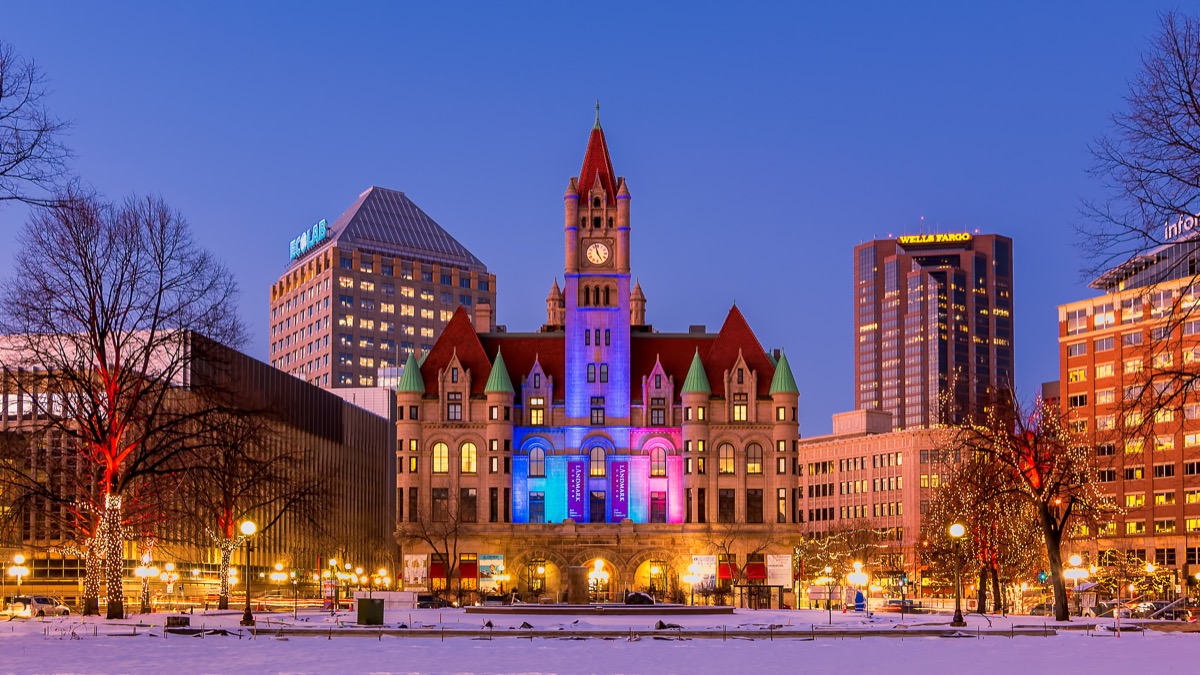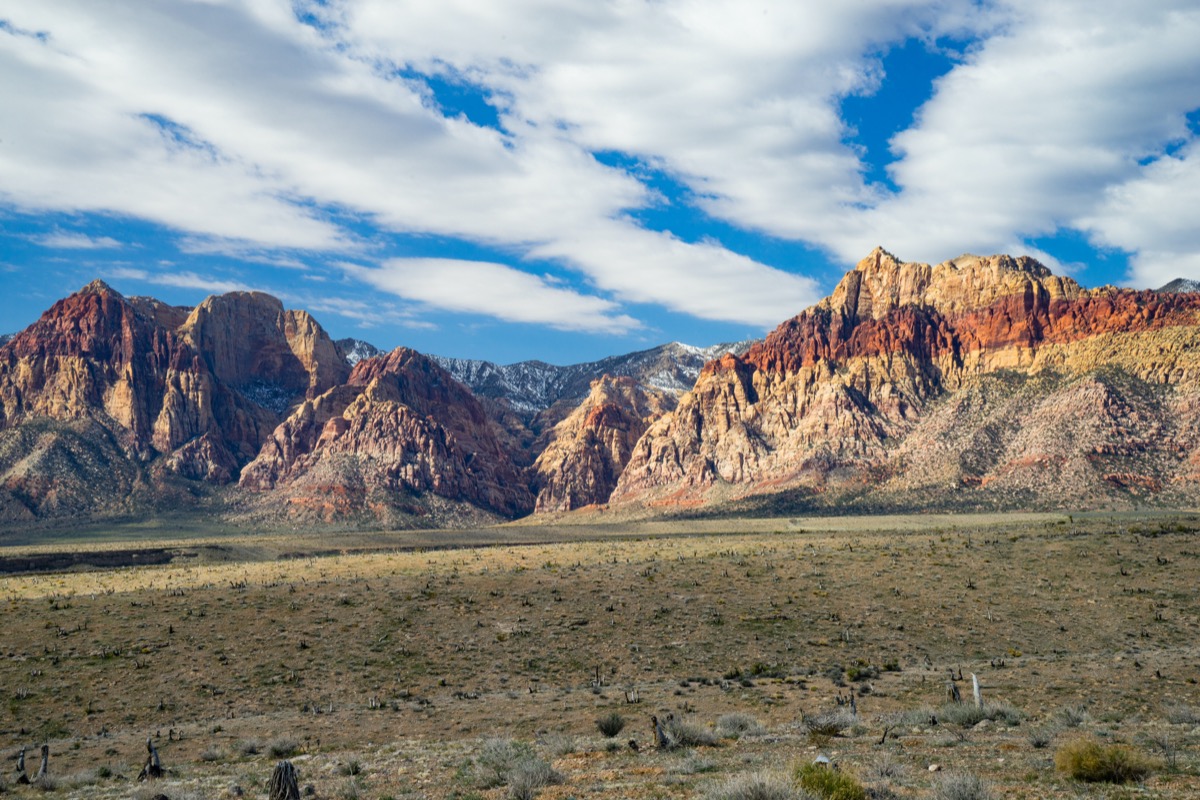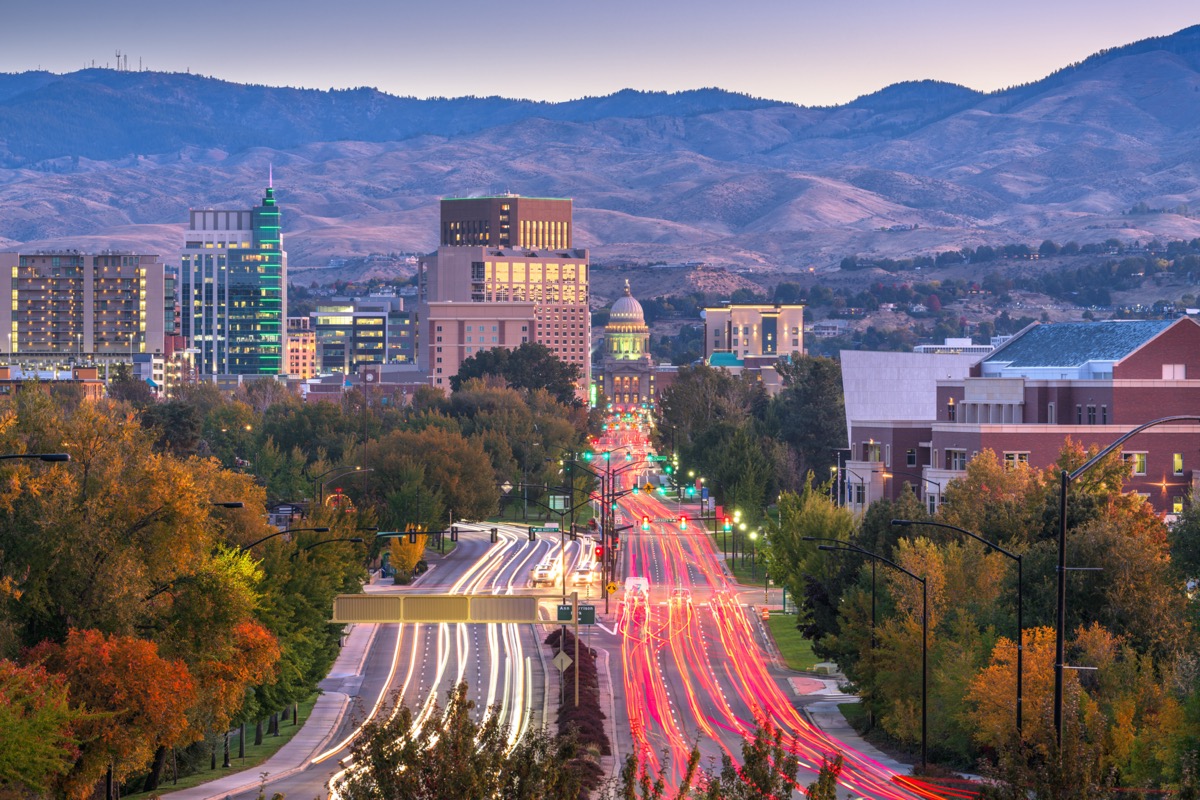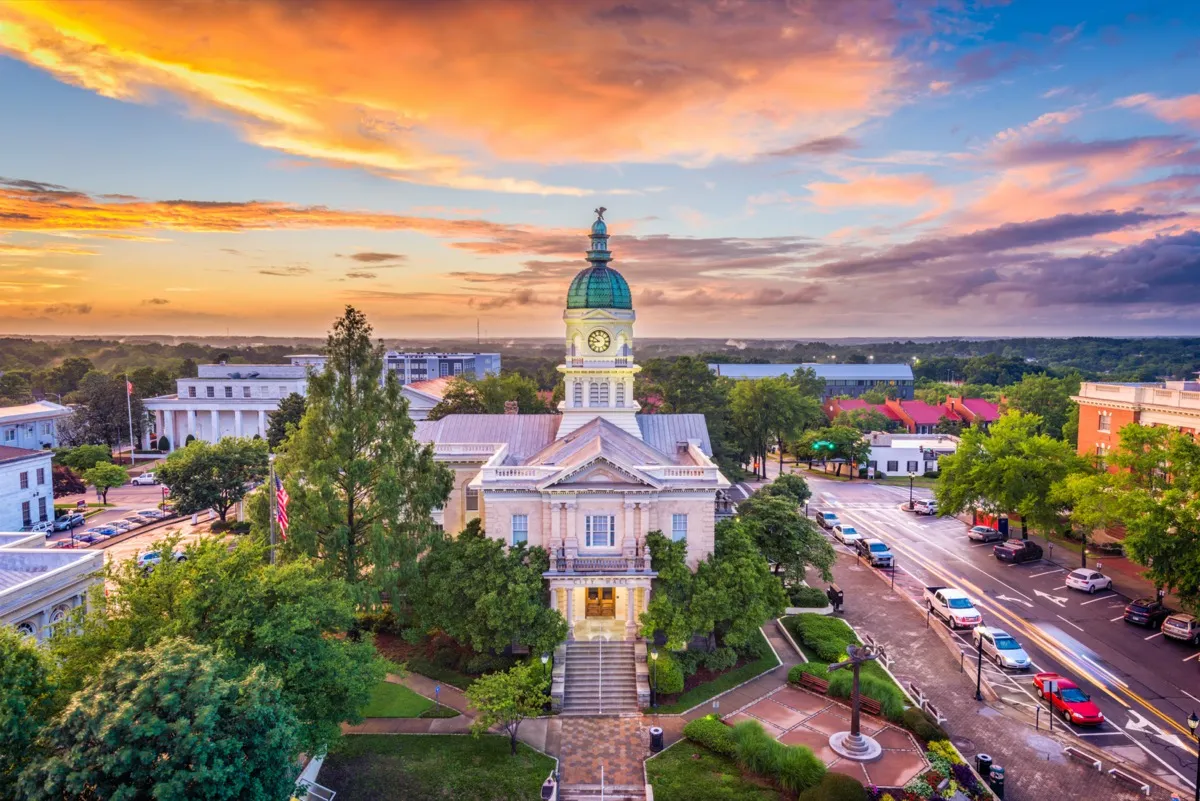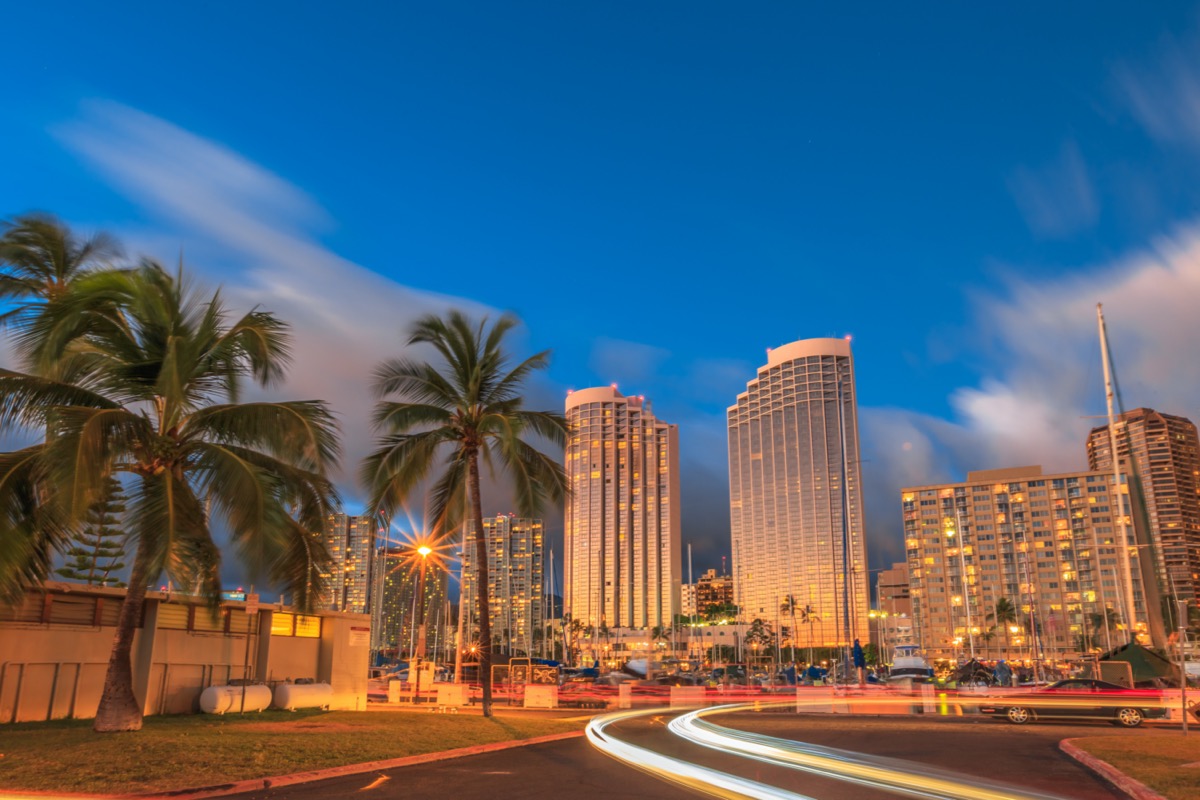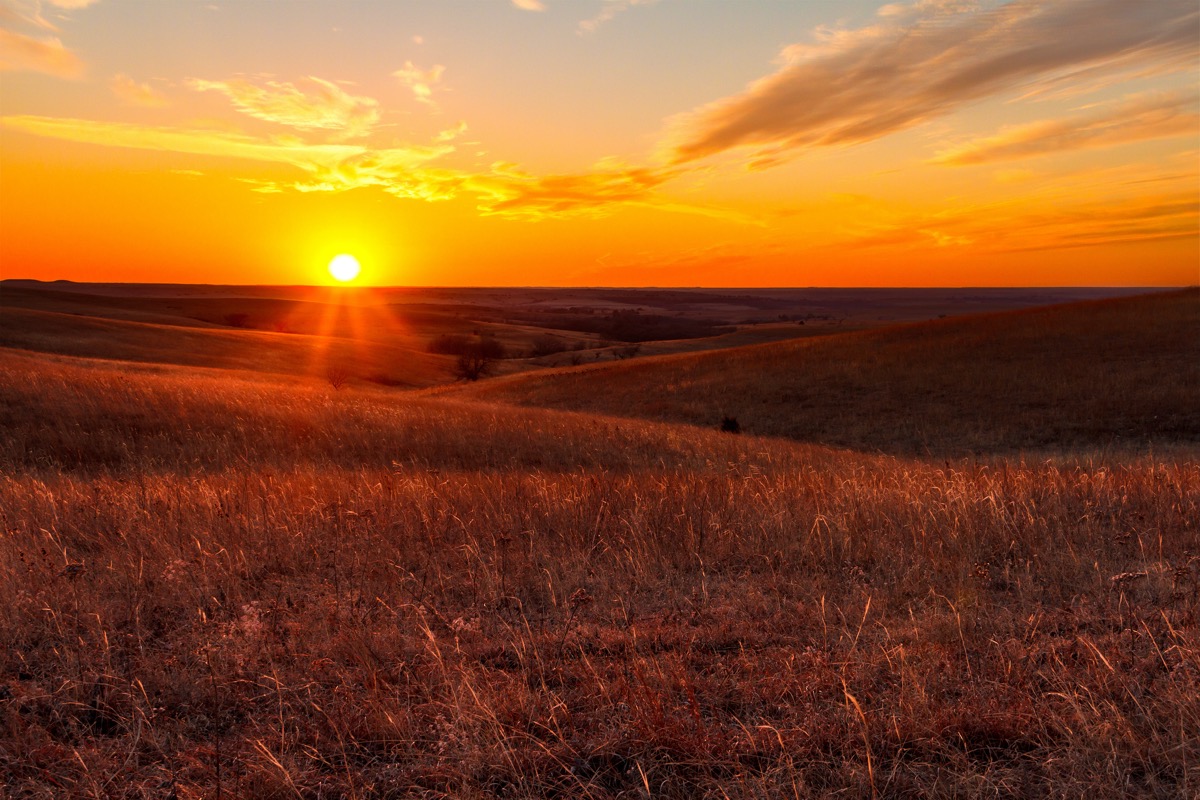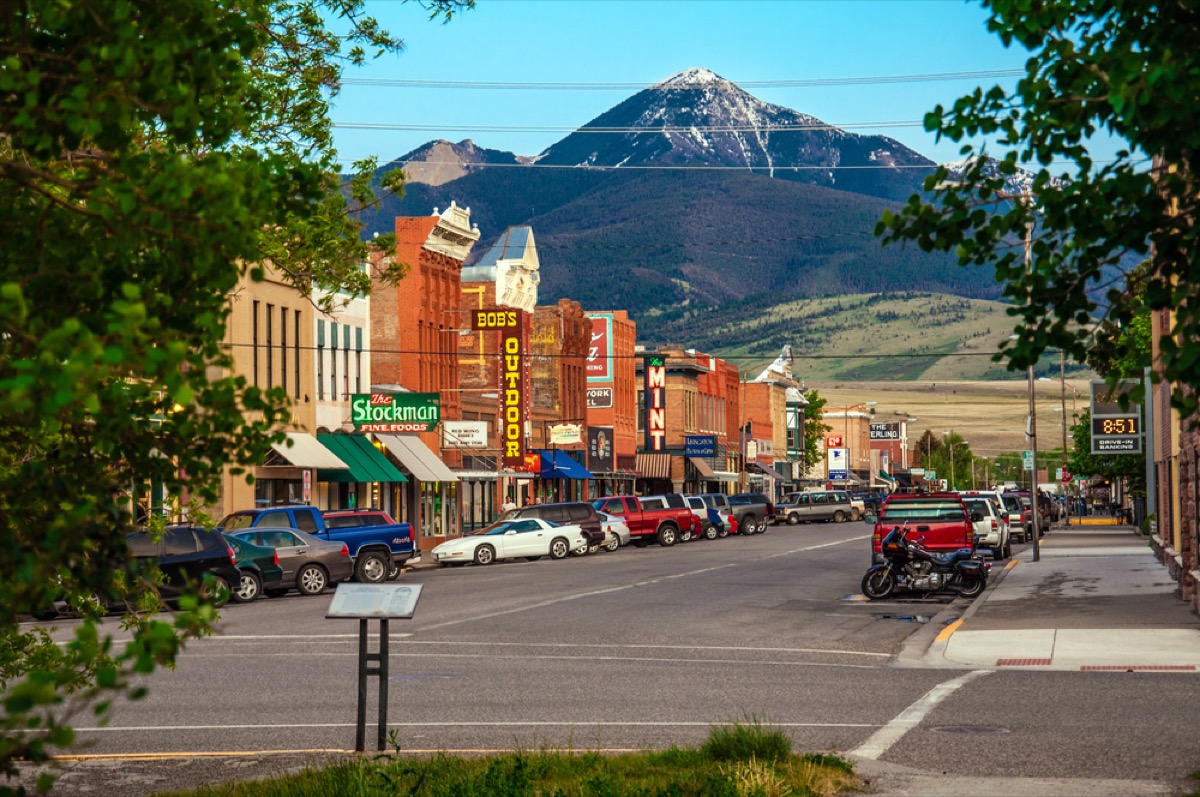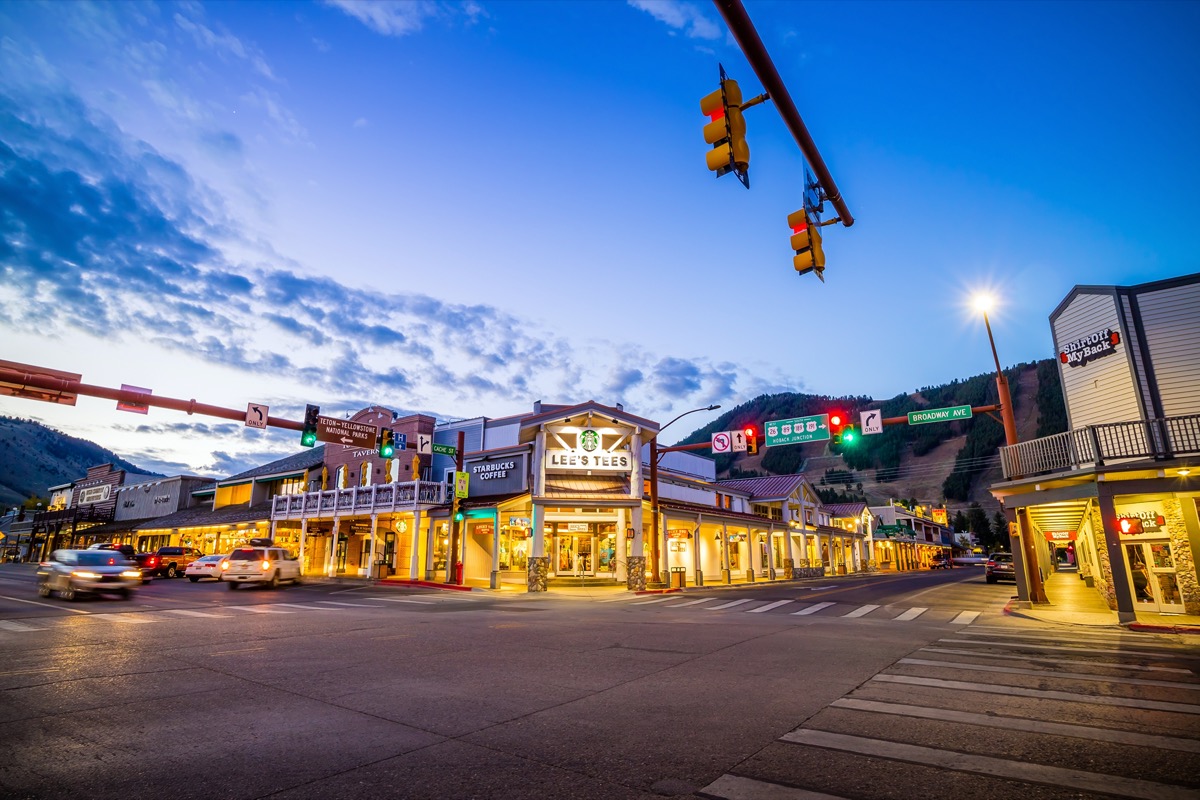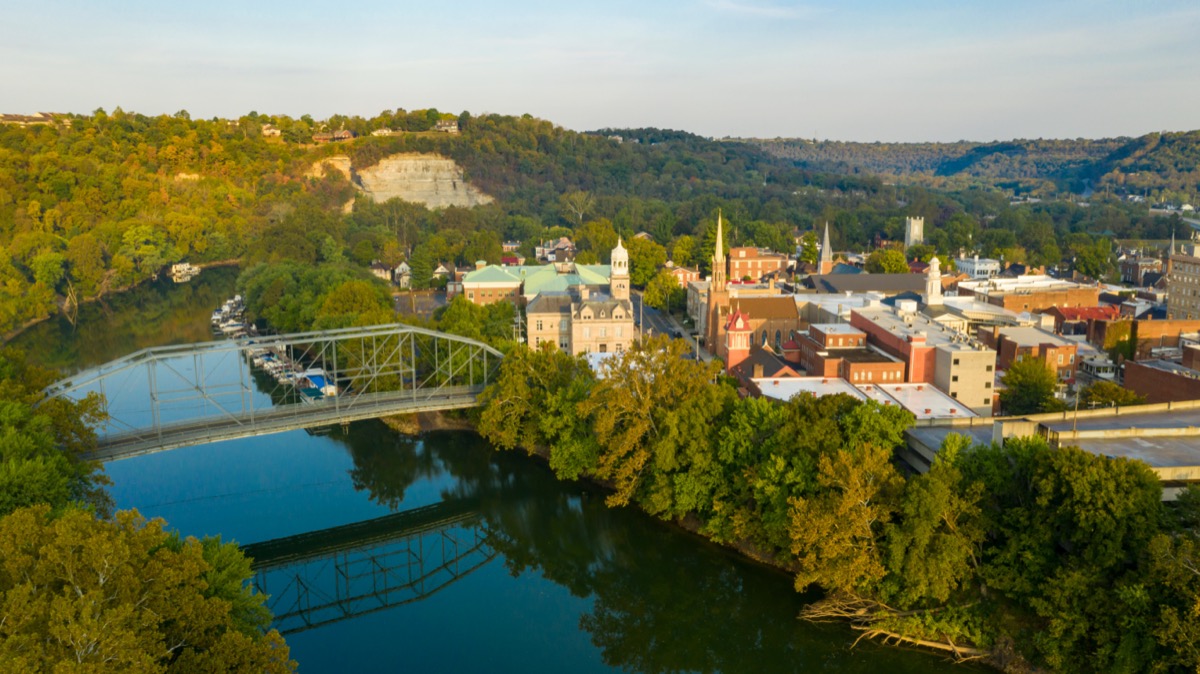The issue is that states were given estimates based on the total number of vaccine doses produced, without factoring in that not all of those doses would complete quality control and be able to be released in time to be sent out. Gen. Gustave Perna, chief operating officer for Operation Warp Speed, revealed on Saturday during a press conference that when allocating doses, he had not taken into consideration the time it would take for the vaccine to go through the quality control process that the Food and Drug Administration (FDA) has put in place. Perna apologized to governors, admitting it was entirely his fault. “At the end of the day, I accept responsibility for the miscommunication,” he said. “Where I failed—I failed, nobody else failed—is to have a clear understanding of that cadence. But when I applied it into our forecast methodology and our planning with the states, I realized that there was a delta to the numbers that I personally thought were available and ready for distribution and what was releasable.” According to USA Today, Health and Human Services (HHS) sent a letter to governors Friday night to explain the discrepancy. “There was some confusion between planning and training numbers provided in mid-November and actual official weekly allocations, which are only available the week prior to distribution shipping because they are based on the number of releasable vaccine doses available,” HHS said in a statement on Friday. “We are working on clearing up any misunderstanding with the governors and jurisdictions.” Read on to see if your state is struggling due to a reduction in COVID vaccine allotment, and for more updates on getting your shots, If You Did This in 2020, You Can Get Your COVID Vaccine Sooner. Read the original article on Best Life. As recently as Dec. 9, Washington officials were under the impression they were getting 74,100 doses of the vaccine, according to Mike Faulk, press secretary for Washington Gov. Jay Inslee. “The 74,100 number was provided multiple times in multiple forms—by phone, email, and in the federal database. It was provided in an email directly from Operation Warp Speed to the Department of Health,” Faulk told USA Today. Then on Dec. 16, the Centers for Disease Control and Prevention (CDC) told Washington officials they’d be receiving 44,850 doses, which Inslee said on Dec. 17 was “disruptive and frustrating.” “We need accurate, predictable numbers to plan and ensure on-the-ground success,” he urged on Twitter. On Dec. 18, Inslee followed up about the discrepancy after speaking with Perna. “Prior allocations were inadvertently based on vaccine doses produced—not all of which have yet completed quality control and are releasable. That discrepancy was the source of the change in allocations,” he tweeted. “It appears this is not indicative of long-term challenges with vaccine production.” On Dec. 18, Michigan Gov. Gretchen Whitmer said at a news conference that her state will get 60,000 doses of the Pfizer vaccine in its second allotment, down from an anticipated 84,825, a 30 percent drop, according to the Associated Press. The Garden State will be getting 20 percent fewer doses than anticipated, NJ.com reports. New Jersey had expected to receive more than 492,075 doses this month of both the Pfizer vaccine and the newly approved Moderna vaccine, but that number has dropped to 392,800, New Jersey Health Commissioner Judy Persichilli said at a COVID-19 briefing in Trenton on Dec. 18. However, just in looking at this week, the reduction is even starker: New Jersey had been expecting 86,775 doses, but the new estimate is 38 percent less at 53,625. And if you’re wondering if you could have come down with the virus, This Strange Pain Could Be the First Sign You Have COVID, Study Says. In a statement posted on Dec. 16, Oregon state health officials revealed that they were told they were only scheduled to get 25,350 doses of the vaccine this week—that’s 38 percent fewer than the original 40,950 doses allotted. Oregon Gov. Kate Brown tweeted on Dec. 17 about the vaccine allocation discrepancy, writing, “Our Pfizer vaccine allocation for next week has been cut by 40 percent. … We need accurate information to make sure Oregonians are receiving COVID-19 vaccinations as quickly as possible.” A spokesperson for Massachusetts’ COVID-19 Command Center said on Dec. 18 that the state has been notified it will receive 17,100 fewer doses than expected—a 28 percent drop, according to The Enterprise. California, which currently has one of the worst outbreaks in the country, will receive 160,000 fewer doses than state officials anticipated, another almost 40 percent reduction, the Associated Press (AP) reports. On Dec. 15, Gov. Gavin Newsom said California expected to receive 393,000 vaccine doses early this week. But now, it’s 233,000 doses, Newsom spokesperson Erin Mellon wrote in an email to The Sacramento Bee. “The numbers we provided for future shipments were projected estimates based on what the federal government had communicated to us,” Mellon said. “The federal government delayed the number of Pfizer vaccines that California will receive in the next shipment.” And for more on which states are doing the worst right now, This State Now Has the Worst COVID Outbreak in the U.S. According to The Chicago Tribune, Missouri’s health director, Randall Williams, MD, said on Dec. 16 that his state will get 25 percent to 30 percent less of the vaccine this week than anticipated. Iowa Department of Public Health spokesperson Sarah Ekstrand wrote in a statement on Dec. 16 that the state’s vaccine allocation will be “reduced by as much as 30 percent, however we are working to gain confirmation and additional details from our federal partners.” She added: “It will take us some time to work through next steps and adjust our planning.” Mark Levine, MD, commissioner of the Vermont Department of Health, said he learned on Dec. 18 that “as many as 975 doses out of an expected 5,850 doses would not be coming in when we expected,” a nearly 17 percent dip. “That doesn’t mean we won’t be getting all of the doses. It just means it won’t be coming when we expect it,” he clarified, according to WAMC Northeast Public Radio.ae0fcc31ae342fd3a1346ebb1f342fcb “What everyone around the country is upset about, in addition to just the number, is there’s been no communication, so there’s no understanding of what this really means,” he said at the time. And for more odd ways the virus could affect you, These 2 Strange Symptoms Could Mean You’ve Already Had COVID. On Dec. 18, Virginia health officials told local CBS News affiliate WUSA 9 that they’ll be receiving only 370,650 of the 480,000 doses they were expecting by the end of the year, a nearly 23 percent drop. A WUSA 9 reporter also tweeted on Dec. 18 that they received a statement from the Maryland Department of Health saying they had been informed “there may be a reduction in our next allocation of doses” for this week. In an interview with CBS News affiliate WCCO-AM Radio on Dec. 18, Minnesota Gov. Tim Walz said he was concerned that his state may see as much as 40 percent fewer vaccine doses get delivered in the first shipments than initially expected, according to MPR News. And for vaccine side effects to be aware of, The COVID Vaccine Could Temporarily Paralyze This Body Part, FDA Warns. While Connecticut received all of its expected 31,600 doses of the COVID vaccine last week, the state’s chief operating officer, Josh Geballe, said its originally estimated 98,000 doses for this week will now be 86,000, about a 12 percent drop. According to the Hartford Courant, Geballe said it “seems to be a result of some miscommunication between Operation Warp Speed and Pfizer.” On Dec. 17, Nevada Gov. Steve Sisolak tweeted that the state’s second allocation of the Pfizer vaccine is “expected to be 17,550 doses. Originally, we anticipated receiving 30,255 doses.” That’s a 42 percent drop. “States need clear and precise updates and information from the federal government as we continue the large and complex process of distributing this critical COVID-19 vaccine across the nation and here in Nevada,” Sisolak said in a statement, according to the AP. “To slash allocations for states—without any explanation whatsoever—is disruptive and baffling.” Sarah Leeds, MPH, who is in charge of Idaho’s vaccination program, said that the state’s second vaccine shipment will contain 9,500 doses, which is 45 percent less than expected, Boise State Public Radio reports. “This means that only 1,950 doses will be available for health care workers next week; the first 7,550 doses are slated for the long-term care staff,” the outlet notes. Leeds called the reduction “incredibly disappointing, but it’s what we’re dealing with right now.” On Dec. 17, Georgia Gov. Brian Kemp said his state was expected to receive 99,000 doses this week, but that number was reduced to 60,000, a nearly 40 percent drop. “I wish it were a lot more, but it could be zero right now if you look at the past history of vaccines,” Kemp said, according to the AP. Hawaii’s health department confirmed to the AP that as much as 40 percent of its doses would be delayed. However, the state, one of the few holding its ground against COVID at the moment, still expects to receive nearly 46,000 doses by the end of the year. And for more on how your state is doing by comparison, This Is How Bad the COVID Outbreak Is in Your State. Illinois Gov. J.B. Pritzker revealed on Dec. 16 that his state was preparing for a reduction this week. According to NBC 5 Chicago, Pritzker’s office said the first shipment contained approximately 43,000 doses of the vaccine and the second is now expected to be 23,000 doses, a nearly 47 percent dip. On Dec. 18, Kansas Gov. Laura Kelly revealed that her state had anticipated receiving 29,000 doses of the COVID vaccine this week but now expects 17,550, which is 39 percent fewer. “I heard this morning that the reason that this is being done is that they needed to smooth out the quantity of deliveries, if they had delivered as many as they had proposed to delivered next week, then they were not going to have enough people to get their second dose,” she said, according to the AP. “I think we’re OK on that.” Montana was expected to get 60,000 doses of the COVID vaccine through the end of the year, but now, that number is 48,000, a 20 percent reduction. “It’s disappointing news that our anticipated allocations of the vaccine have been reduced, but our priorities remain the same to protect those most vulnerable to severe disease or death from the virus and those who have been serving on the frontlines,” Montana Gov. Steve Bullock said in a press release on Dec. 18. “We are best utilizing the resources available to further reduce the strain on our hospitals and to save lives.” And for more on who is most likely to infect you right now, This Is the Person Who Is Most Likely to Give You COVID, Study Finds. Nebraska was expected to receive 19,000 doses of the Pfizer vaccine this week, but now, it’s not getting any. “A delay in the supply-chain has caused Nebraska not to receive any shipments next week,” Omaha’s local CBS News affiliate reported on Dec. 16. “I’m not exactly sure what the supply chain problem was but it’s OK,” Angie Ling, Nebraska Department of Health and Human Services’s incident commander, told the outlet in a statement. “We’re going to adapt and we’ll work through it.” Though Indiana State Department of Health (ISDH) officials wouldn’t divulge how much the state’s second allotment had been slashed, they did confirm a reduction to local NBC News affiliate 13 WTHR. “We were able to quickly crunch the numbers and make sure anyone who was already scheduled for next week will be able to get their vaccine. We will make adjustments as needed,” ISDH Chief Medical Officer Lindsay Weaver, MD, told the station on Dec. 16. Though Wyoming has not issued further information on its reduced COVID vaccine allotment, the AP reports that the state also found out their vaccine allocation was slashed unexpectedly. And for more COVID news and updates delivered right to your inbox, sign up for our daily newsletter. New Hampshire officials similarly haven’t said much, but the AP did confirm a reduction in doses for the Granite Sate. According to CBS News, Kentucky also confirmed its second vaccine allocations have been reduced, but hasn’t provided further updates. And for some tips on staying safe from the virus, If You Don’t Have This in Your Home, You’re at Higher Risk for COVID.

